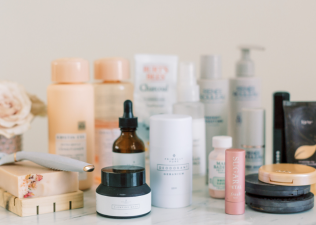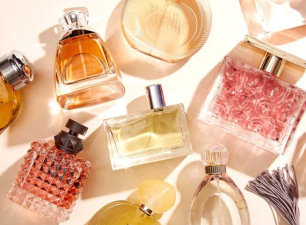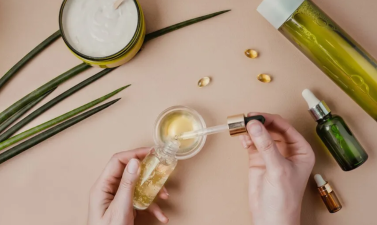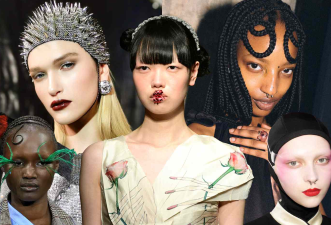K-beauty products are now available in retailers like Macy's, Sephora, and Walmart. European and American beauty brands, including Lancôme and Estée Lauder, are also launching products developed by K-beauty brands, such as cushion foundations and BB creams.
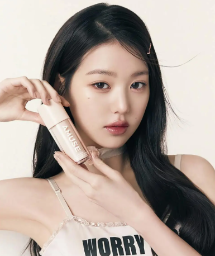
Product Design and Consumer Needs
K-beauty brands are also focusing more on the needs of local consumers in their product design. In the past, traditional K-beauty products often faced the challenge of a limited color palette. For example, the startup brand Tirtir initially launched with only three shades designed for fair skin, a strategy that drew criticism from users in the US market. However, within just four months, the brand swiftly expanded its product range to 40 shades, catering to darker skin tones and resulting in a sales surge of over 500 times. This flexible marketing strategy has brought significant commercial success to many Korean companies. Furthermore, by acquiring US-based skincare brands, these Korean companies have further strengthened their global brand presence.
The influence of social media and cultural exchange
Market research firms have found that the surge in sales of Korean cosmetics in Europe and the United States is largely due to the popularity of short-form video platforms like TikTok and Instagram. Consumers are drawn to social content featuring cosmetics on these platforms, with over 30% expressing a desire to buy after viewing relevant content. This is particularly true among Generation Z, whose social media-driven purchasing behavior is particularly pronounced. K-beauty topics have surpassed 10 billion views on TikTok, and unique Korean cosmetics are highly viral on social media. For example, COSRX's facial serum, with its unique snail mucus ingredient, has become a top seller on Amazon.
At the same time, Korean culture, such as Korean dramas and K-pop, continues to influence the European and American markets. Fans eagerly emulate the idols' behaviors, and this cultural appeal further translates into purchasing power for related brands. Furthermore, thanks to the US-Korea Free Trade Agreement, Korean cosmetics are exempt from tariffs in the US market, offering more affordable prices than European and American brands. Against the backdrop of tightening consumption, the "lipstick effect" is becoming increasingly pronounced, with consumers preferring Korean cosmetics that offer value and innovation.
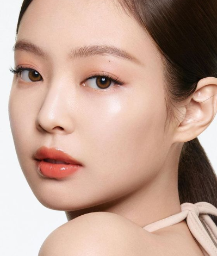
Key Elements of Korean Beauty's Success
- Technological Innovation
The rise of Korean beauty is inseparable from the support of a mature manufacturing ecosystem. South Korea leverages innovative approaches such as biotechnology, cutting-edge delivery technologies, and cultural integration to enhance product competitiveness. This not only represents the export of beauty trends but also the global promotion of a complete innovation ecosystem. Technological innovation has become a core competitive advantage for Korean beauty, reflected in multiple aspects: the application of biotechnology has enabled the PDRN ingredient to shine, promoting collagen synthesis and moisturizing properties, making related essences popular in the European and American markets; cutting-edge delivery technologies such as the Spicule microneedle transdermal drug delivery system significantly improve the absorption efficiency of active ingredients; and culturally integrated formulation strategies are precisely tailored to different markets and climate zones, meeting the unique needs of European, American, and Asian markets.
- Changing Industry Landscape
The rapid rise of Korean beauty is profoundly reshaping the global beauty industry. In traditional high-end beauty markets, such as those in Central and Eastern Europe, the dominant position of French brands is facing strong competition from Korean products. Similarly, the US mass cosmetics market is also feeling the pressure from Korean products, which have won over a large number of young consumers with their excellent value for money and technological innovation.


